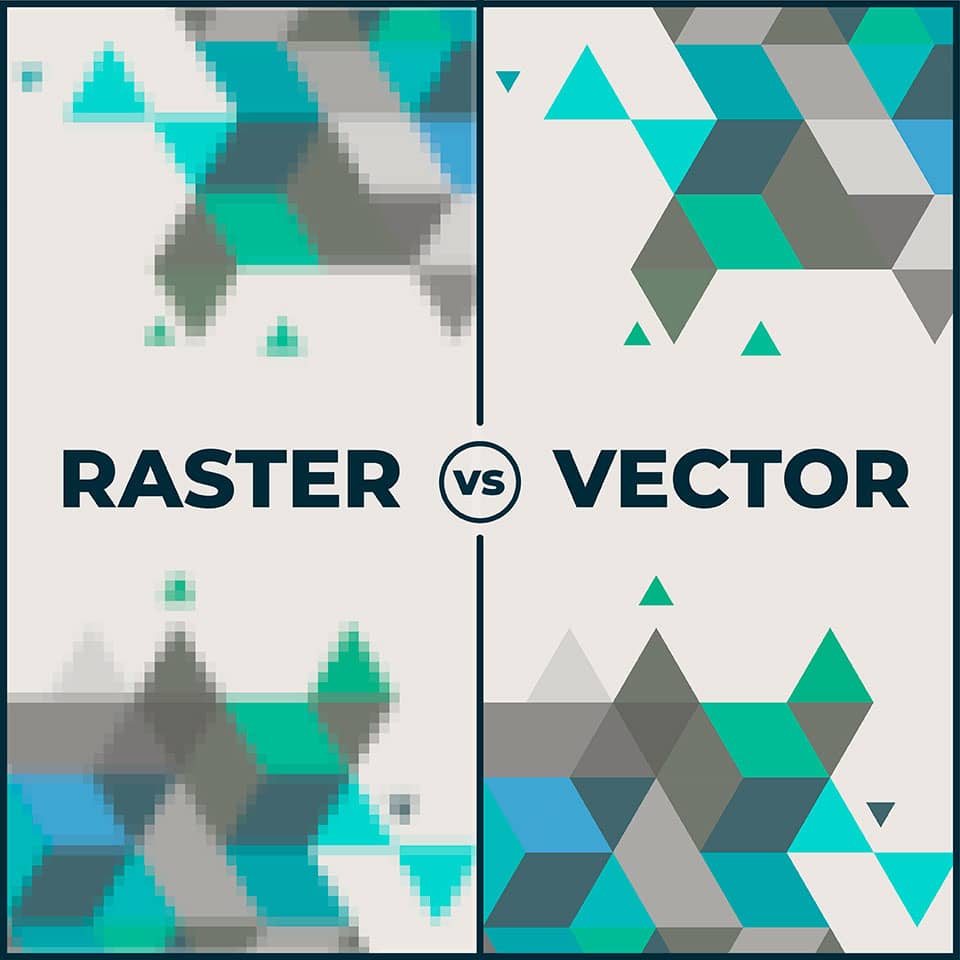
Summary of raster and vector digital images.Ĭan be resized infinitely without loss of qualityĬommon Image File Types and Their Properties So check out Table 1 below for a summary of raster and vector digital images. That’s a lot of information if you are new to this stuff.

So the neuron could be rendered at the size of a building if we wanted. This is an example of a low-resolution image.īut the key point is-the original file that contains the neuron image is a vector file. It even looks cropped even though it hasn’t been. It’s been enlarged to match the on-screen dimensions of the neuron on the left.Ĭonsequently, the pixels are visible, and the image looks extremely blocky. On the other hand, the neuron on the right has been rendered at too small a size. The pixels in the image are so small that they are not visible. (Image credit: Thomas Warwick.)įor example, in the image above, the neuron on the left is a raster image rendered at an appropriate size for this web page. Drastic enlargement of a raster image causes pixelation. Render it too small, and the final image will be pixelated and ugly.įigure 2. Render it too large, and we will have an unnecessarily large file size. The main corollary to this is if we prepare a vector image, we must render it (convert it into a raster file type) at a size that closely matches our final intended size. It’s simply something we must do because the common file types (JPEGs, GIFs, and so on) are raster file types. This is not as confusing as it first seems. That’s to say, we convert them into a format that cannot be enlarged without loss of image quality. We normally render (convert) a vector image into a raster image before we use it in a manuscript or on the web, etc. However, as information is represented in a fixed number of pixels in raster images, there is a limit to which raster images can be enlarged before there is a visible loss of image quality (Figure 2). Since the details of vector images are encoded in mathematical paths that remain the same regardless of image size, they can be scaled limitlessly without becoming pixelated (Figure 1). Graphical Information in a vector image is not stored in pixels.Ĭheck out Figure 1 below for a comparison between raster and vector images.įigure 1. The paths link one point to another to build complete shapes.

So, a raster image is essentially a two-dimensional matrix of pixels.Ĭonversely, vector images consist of objects expressed using mathematical formulae, known as paths. Images in raster format are compiled using a specific number of pixels-tiny individually-colored dots that come together to form the complete picture.

Vector Imagesĭigital images are classified based on how information is stored. The Two Types of Digital Images: Raster vs. We’ll cover common file types you’ll encounter, their properties, and some key concepts you need to understand to start making exquisite figures of your own. This article introduces some fundamental technical aspects of preparing digital images for publication.
#Print file type for raster images software#
Digital images are a fundamental medium through which we communicate science.Īnd if it’s not been drilled into you enough yet-always make your own.īut it’s a confusing and daunting skill to learn because there are countless file types, dozens of software packages with steep learning curves, and infinite ways to manipulate digital objects to achieve the final results.


 0 kommentar(er)
0 kommentar(er)
